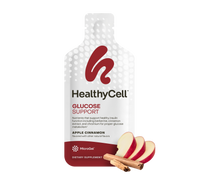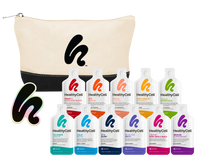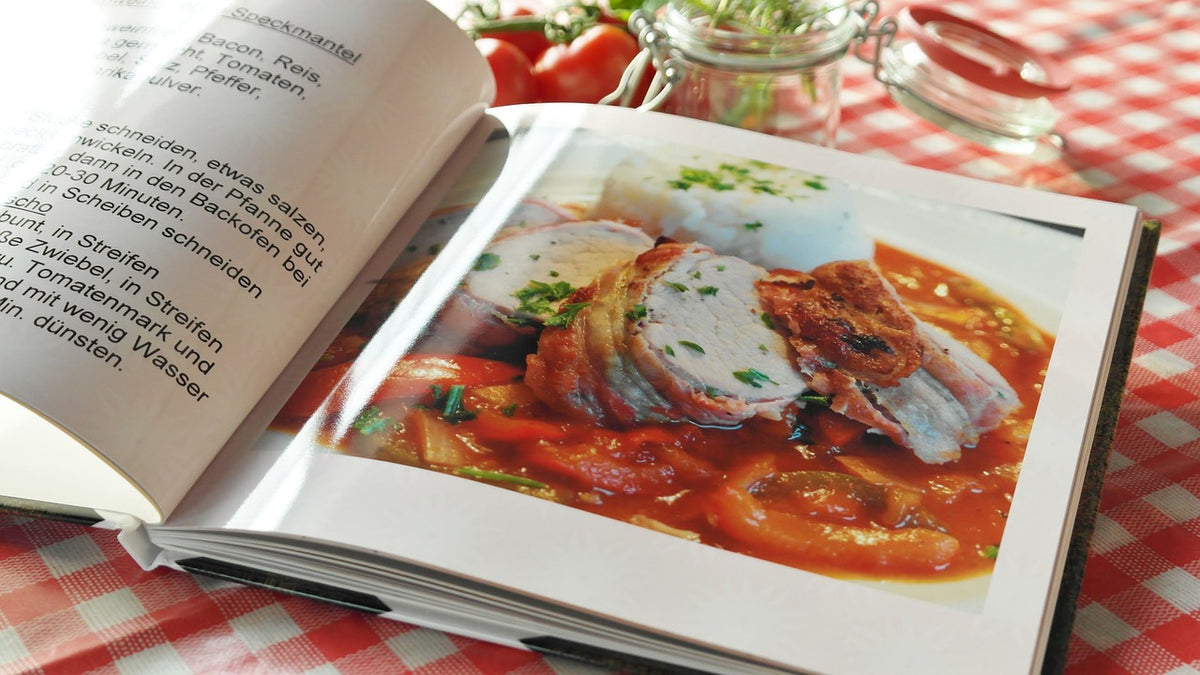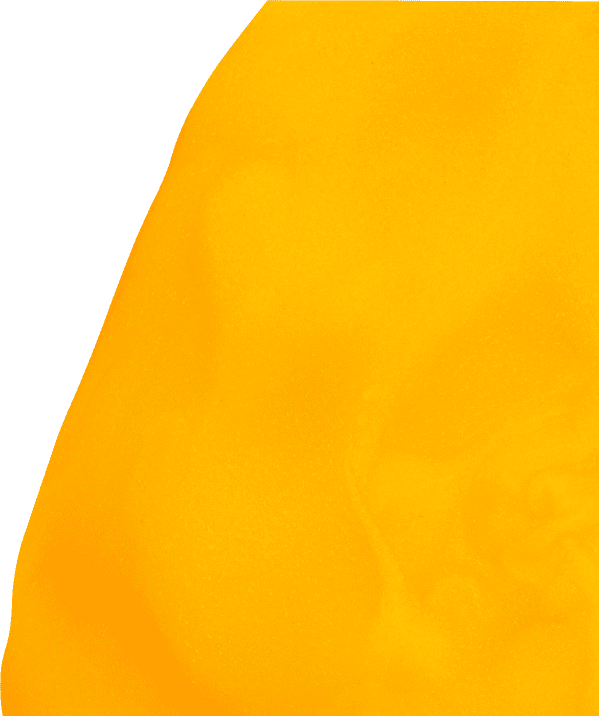Cholesterol is a waxy, plaque-like substance that our bodies need to function properly. It's found in each of our cells and aids in digestion, the synthesis of certain hormones, and a number of cellular processes. Cholesterol plays an essential role in building and maintaining cell membranes by providing structure, assisting with fluidity, and helping to construct certain parts of the cell that are thought to play a role in preventing pathogens from entering the cell. In addition, it helps synthesize important hormones such as estrogen, testosterone, cortisol, thyroid hormones, and vitamin D. It's also involved in the production of bile acids that aid in digestion by helping to dissolve fats. While cholesterol is essential for our bodies to function properly, too much can cause cardiovascular disease. About 80% of the cholesterol in your body is produced in the liver and digestive system, but the rest comes from the foods you eat. Since approximately 20% of the cholesterol in your body comes from the foods you eat, you can make considerable changes to your cholesterol levels by altering your diet.
When you consume a diet high in cholesterol, you raise your risk of suffering a heart attack or stroke. This is because cholesterol circulates throughout the bloodstream and can attach to the arterial walls, forming a thick plaque. This thick plaque causes a narrowing and hardening of the arteries, known as atherosclerosis, which increases your chance of developing a blood clot. A large clot can cause a significant reduction in blood flow and even block the artery completely, causing a heart attack or stroke.
In order to understand how cholesterol impacts your health, it's important to recognize the difference between low-density lipoprotein (LDL) and high-density lipoprotein (HDL). Low-density lipoprotein (LDL), "bad" cholesterol, is responsible for the sticky plaque that forms in the arteries, resulting in atherosclerosis. High-density lipoprotein (HDL), commonly called "good" cholesterol, actually helps remove excess cholesterol from the bloodstream. Therefore, having high HDL is a good thing, but having high LDL puts you at risk of developing cardiovascular disease. Another barometer that doctors use to determine your risk of cardiovascular disease is your triglyceride to high-density lipoprotein (TG: HDL) ratio. To learn more about TG: HDL ratios and cardiovascular disease, check out: Triglyceride to HDL Ratio.
Since much of our cholesterol is produced in the body, family history and genetics certainly play a role in your LDL and HDL levels. However, for the majority of those in the United States living with high cholesterol, lifestyle factors, such as diet and exercise, are to blame. Along with regular exercise, adopting a heart healthy diet that is low in sodium, trans fats, and saturated fats, can considerably impact your overall cholesterol and ensure that your levels stay within a healthy range. Foods that are full of heart-healthy ingredients, such as whole grains, nuts, fatty fish, oats, beans, and olive oil, have been shown to help lower LDL and raise HDL. In addition, finding a heart health supplement with ingredients such as CoQ10, curcumin, potassium, soluble fiber, Omega 3 fatty acids, and niacin can help you achieve your goals of maintaining healthy cholesterol. I recommend Helathycell's Heart & Vascular Health supplement, as it contains a comprehensive blend of plant extracts, vitamins, and minerals to help maintain normal cholesterol, triglyceride, and blood pressure levels. Along with altering your food choices, you'll want to consider making changes to your drink choices. You'll want to stay away from soft drinks, which contain a lot of added sugar. Drinks such as green tea, smoothies made with high-fiber fruits, pomegranate juice, tomato juice, cocoa-based drinks, black tea, and many other beverages containing sterols and stanols can help you lower your cholesterol. Just be aware that some of these drinks may contain added sugar and even sodium, so you'll want to analyze each label and be mindful of portion sizes. I recommend cutting juices with water to limit sugar intake. To learn more about beverages that are good for cholesterol, check out: Drinks That Help Lower Cholesterol.
What Recipes Are Part of a Low Cholesterol Diet?
Below are some easy, low-cholesterol recipes to add to your repertoire. For more great recipes and ways to lower your cholesterol fast, check out: The Low Cholesterol Cookbook and Action Plan: 4 Weeks to Cut Cholesterol and Improve Heart Health.
Mushroom & Chicken Ragu
Servings: 8
Total Time: 40 minutes
Ingredients:
- 2 cloves garlic, grated
- ¼ cup tomato paste
- ½ cup dry red wine
- ¼ cup extra-virgin olive oil
- 1 chopped medium onion
- 1 tablespoon chopped fresh rosemary
- 2 chopped medium carrots
- 8 ounces cremini mushrooms, quartered
- 1 ¾ pounds boneless, skinless chicken, cut into cubes.
- 1 pound whole-wheat fettuccine
- 1 28-ounce can of whole peeled tomatoes (no salt added)
- ½ teaspoon salt
- ¼ teaspoon crushed red pepper
- ½ cup grated Romano cheese
- ½ cup chopped fresh parsley
Directions:
- Boil a large pot of water.
- Break tomatoes into chunks and pour them into a medium bowl with tomato juices.
- Saute onion, carrots, and mushrooms in a little olive oil for about 5 minutes until mushrooms are soft.
- While the mixture is cooking, add pasta to the boiling water. Cook according to the directions on the package.
- Add garlic, tomato paste, and chicken to the skillet and cook for 4 minutes. There should be some browning at the bottom of the pan.
- Add wine, tomatoes, salt, and crushed red pepper. Cook for about 4-6 minutes.
- Stir in rosemary. Cook for another minute, checking to see if the chicken is done.
- Once the chicken is fully cooked, move the mixture to a bowl.
- Drain the pasta. Serve with the sauce, cheese, and parsley.
Vegetarian Bean Tacos
Servings: 4
Total Time: 35 minutes
Ingredients:
- 1 tablespoon olive oil
- 1 medium onion, chopped
- 2 garlic cloves, minced
- 2 cans of black beans (15 ounce each)
- 1 tablespoon chili powder
- 2 teaspoons ground cumin
- 1 finely chopped jalapeno pepper (no seeds)
- 1 teaspoon ground coriander
- 1 can (14 ounces) diced tomatoes (no salt added), drained
- 4 whole wheat tortillas
- Optional toppings: Shredded cheddar jack cheese (use sparingly), lettuce, diced avocado, and salsa
Directions:
- In a large skillet, heat olive oil over medium heat and add onion and jalapeno.
- Cook until soft.
- Add garlic and all of the seasonings.
- Cook for 1-2 minutes longer.
- Drain the beans, then stir them in with the tomatoes. Cook until heated through.
- Serve the mixture in tortillas with desired toppings.
Salmon with Quinoa & Roasted Veggies
Servings: 4
Total Time: 40 minutes
Ingredients
- 1 large squash. The squash should be seeded and cut into 1-inch pieces
- 3 ½ tablespoons extra-virgin olive oil
- ¾ teaspoon salt, divided
- 1 ½ cups water
- 6 small diced shallots
- 5 cups cauliflower florets
- ½ teaspoon ground pepper, divided
- 1 cup red or white quinoa
- 1 pound wild Alaskan salmon filet (skinned and cut in 4)
- 3 tablespoons lemon juice
- 2 tablespoons maple syrup
- ¼ cup chopped walnuts
Directions
- Preheat the oven to 425 degrees Fahrenheit.
- Mix the shallots, cauliflower, and squash with 2 tablespoons of olive oil. Add ¼ teaspoon of salt and ¼ teaspoon of pepper to the mix. Spread the veggie mixture out on a large baking sheet.
- Roast the mixture for about 25 minutes. Be sure to stir and rotate the vegetables in between. Cook until the vegetables are cooked all the way through and are slightly browned.
- Meanwhile, boil the water and add quinoa. Reduce to a simmer. Cover the pot and cook for 12 to 15 minutes. Remove from the stove when done.
- Once the vegetables are tender, make room for the salmon. Place the salmon on one side of the tray and coat it with a thin layer of olive oil. Add salt and pepper, and roast the salmon for 4 to 6 minutes.
- Mix the remaining olive oil, lemon juice, maple syrup, and salt in a small bowl to form the dressing.
- Drizzle the dressing over the quinoa, salmon, and vegetables, and top with walnuts.
Roast Chicken Breasts with Bell Peppers
Total Time: 30 minutes
Servings: 4
Ingredients
- 1 ½ tablespoon olive oil
- ¾ teaspoon salt
- ¾ teaspoon pepper
- ¼ teaspoon garlic powder
- 1-½ teaspoons minced fresh rosemary
- ¾ teaspoon of crushed fennel seed
- ¼ teaspoon dried oregano
- 4 thinly sliced shallots
- 4 boneless, skinless chicken breast halves
- 1 thinly sliced sweet red pepper
- 1 thinly sliced sweet yellow pepper
- 1 cup chicken broth
- 1 tablespoon balsamic vinegar
Directions
- Preheat oven to 450°.
- Toast the fennel in a large skillet.
- Add ½ tablespoon of olive oil, ½ teaspoon of salt, ¼ teaspoon of pepper, garlic powder, and oregano. Cook over medium heat for 1-2 minutes, being sure to stir frequently.
- Sprinkle the mixture over the chicken.
- Heat 2 teaspoons of oil over medium heat in the same skillet. Brown the chicken, about 2 minutes on each side.
- Place the chicken on a baking pan. Bake at 450° for 10-15 minutes.
- While the chicken is baking, heat the remaining olive oil over medium heat in the same skillet. Add the sliced peppers and shallots. Be sure to stir and cook until the chicken is fully cooked and slightly crispy on the outside.
- Add the chicken broth and rosemary, stirring up the brown bits on the bottom. Bring the broth to a boil and cook for 4-6 minutes. Add salt, pepper, and vinegar.
- Serve with chicken.
For more great low cholesterol recipes, check out Low Cholesterol Cookbook for Beginners. If you're suffering from high blood pressure in addition to high cholesterol, you may want to look into the DASH diet, otherwise known as the Dietary Approaches to Stop Hypertension diet. The DASH diet takes a holistic approach to lowering blood pressure. The DASH diet emphasizes consuming fresh fruits, vegetables, whole grains, lean protein, and low- or non-fat dairy products. It incorporates foods that are high in fiber, potassium, magnesium, and calcium, which have been shown to lower blood pressure. These minerals work in different ways by helping the body eliminate sodium, reduce tension on the walls of the blood vessels, lower inflammation, and improve overall vascular function. Along with lowering blood pressure, the DASH Diet can help lower your LDL, "the bad" cholesterol. For more information about the DASH diet, check out 8 Ways To Lower Your Blood Pressure Naturally.
About the Author
Dr. Giampapa is a world-renowned medical doctor, inventor, and surgeon specializing in anti-aging medicine. He recently received a nomination for the Nobel Prize for his groundbreaking stem cell research, as well as the Edison Award for the Healthycell nutritional supplement for cell health. He was also awarded the A4M Science & Technology award for his development of the BioMarker Matrix Profile – the first computer program to measure aging.




